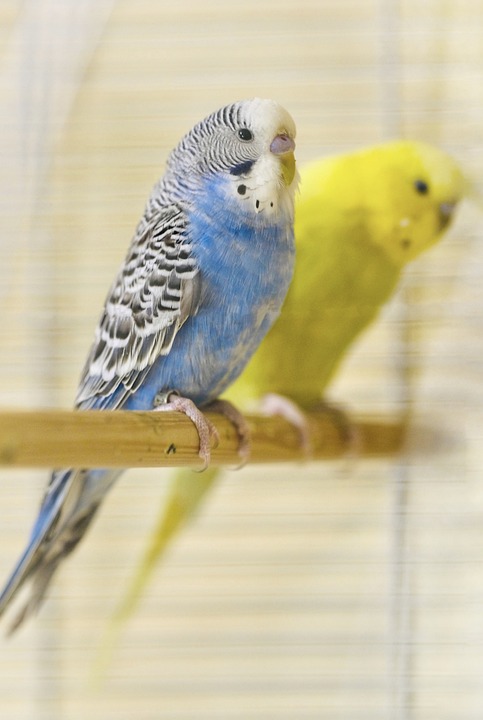Parrots are highly intelligent and social creatures that can be taught various tricks and behaviors. One of the most delightful tricks to teach your parrot is how to wave or shake hands. Not only does this impress your friends and family, but it also strengthens the bond between you and your feathered friend. In this article, we will discuss the step-by-step process of teaching your parrot to wave or shake hands, along with some frequently asked questions on parrot behavior.
Understanding Parrot Behavior
Before diving into the training process, it is essential to understand the behavior of parrots. This will help you establish a solid foundation for successful training sessions.
1. Social Nature of Parrots
– Parrots are highly social animals that thrive on interaction and attention.
– They have a natural inclination to mimic and learn from their surroundings, including human behavior.
2. Positive Reinforcement
– Parrots respond best to positive reinforcement, such as treats, praise, or affectionate interactions.
– Punishment or negative reinforcement can lead to anxiety and mistrust in your parrot.
3. Bonding and Trust
– Building a strong bond and trust with your parrot is crucial for successful training.
– Spend quality time with your parrot, engage in interactive play, and establish a consistent routine.
Step-by-Step Guide: Teaching Your Parrot to Wave or Shake Hands
Now that we have a basic understanding of parrot behavior, let’s delve into the step-by-step process of teaching your parrot to wave or shake hands.
1. Establish a Training Cue
– Choose a cue word or phrase that you will consistently use during the training sessions, such as “wave” or “shake hands.”
– Associate the cue word with the desired behavior by using it while demonstrating the action.
2. Target Training
– Start by teaching your parrot target training, where they touch a designated stick or object with their beak.
– Hold the target stick in front of your parrot and reward them with a treat when they touch it.
– Repeat this process until your parrot consistently touches the target stick.
3. Introduce the Wave/Shake Hand Motion
– Once your parrot is comfortable with target training, introduce the wave or shake hand motion.
– Hold your hand in front of your parrot and gently move it up and down, mimicking a wave or shaking hands.
– Pair this motion with the cue word, and reward your parrot with a treat when they mimic the action.
4. Reinforce and Practice
– Repeat the wave or shake hand motion, using the cue word, and reward your parrot each time they imitate the action.
– Gradually decrease the use of treats and rely more on praise and affectionate interactions as your parrot becomes proficient.
FAQs: Parrot Behavior and Training
Q1. Can any parrot be taught to wave or shake hands?
A1. Yes, most parrot species can be trained to wave or shake hands. However, individual parrots may vary in their learning abilities and willingness to participate in training.
Q2. What treats should I use during training?
A2. Use small, healthy treats that your parrot enjoys, such as pieces of fresh fruits, vegetables, or specially formulated parrot treats. Avoid giving sugary or fatty foods.
Q3. How long does it take to train a parrot to wave or shake hands?
A3. The training duration varies from parrot to parrot. Some parrots may learn the trick within a few days, while others may take weeks or even months. Consistency, patience, and positive reinforcement are key.
Q4. Can I teach my parrot multiple tricks simultaneously?
A4. It is recommended to focus on one trick at a time to avoid overwhelming your parrot. Once your parrot has mastered one trick, you can move onto the next.
Q5. What if my parrot doesn’t seem interested in training?
A5. Parrots may lose interest if the training sessions are too long or repetitive. Keep the sessions short, fun, and engaging. If your parrot seems disinterested, take a break and try again later.
By following these guidelines and understanding your parrot’s behavior, you can successfully teach your feathered companion to wave or shake hands. Remember, patience, consistency, and positive reinforcement are the keys to successful parrot training. Enjoy the journey of bonding and learning with your intelligent and charming parrot!









